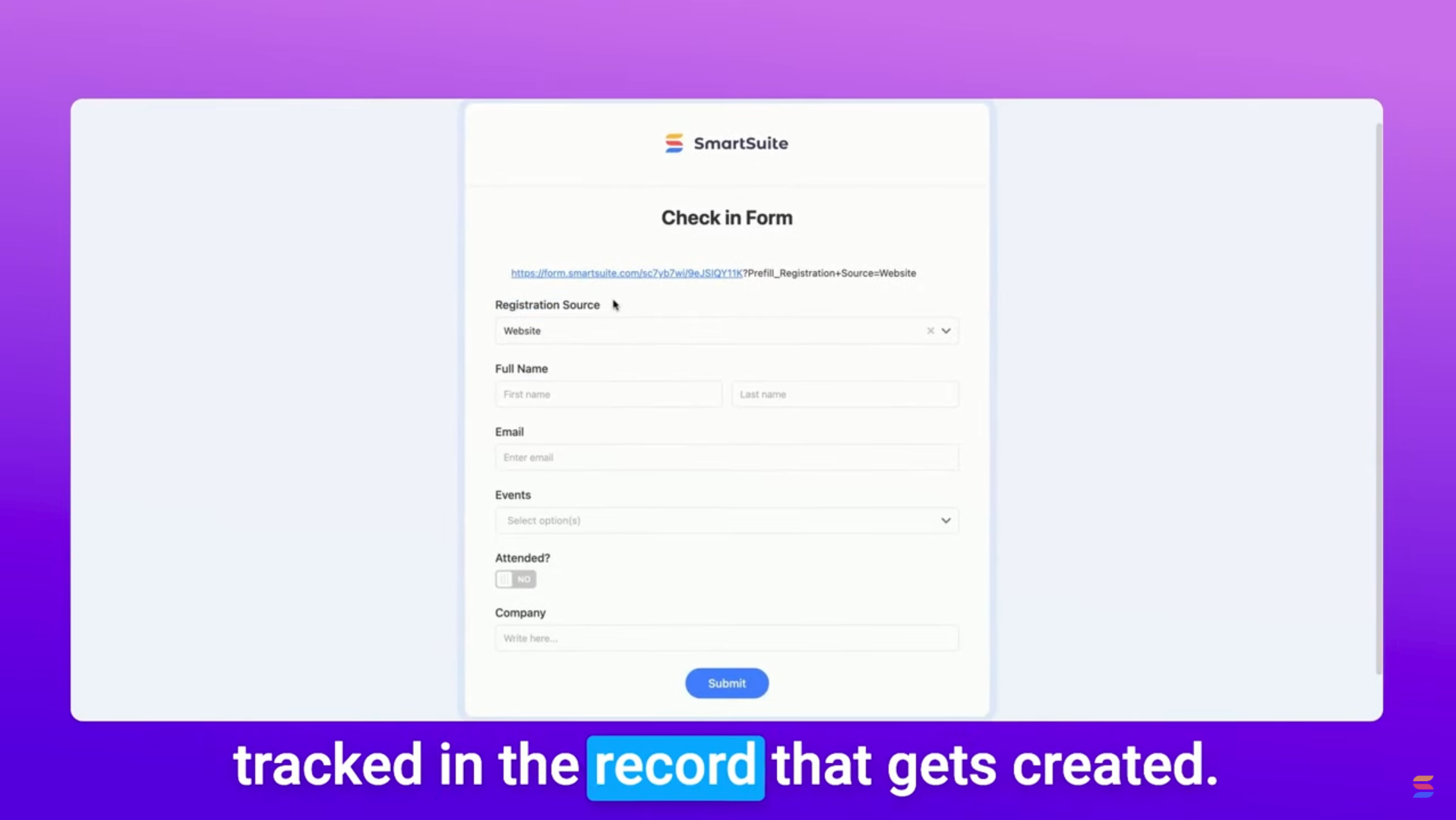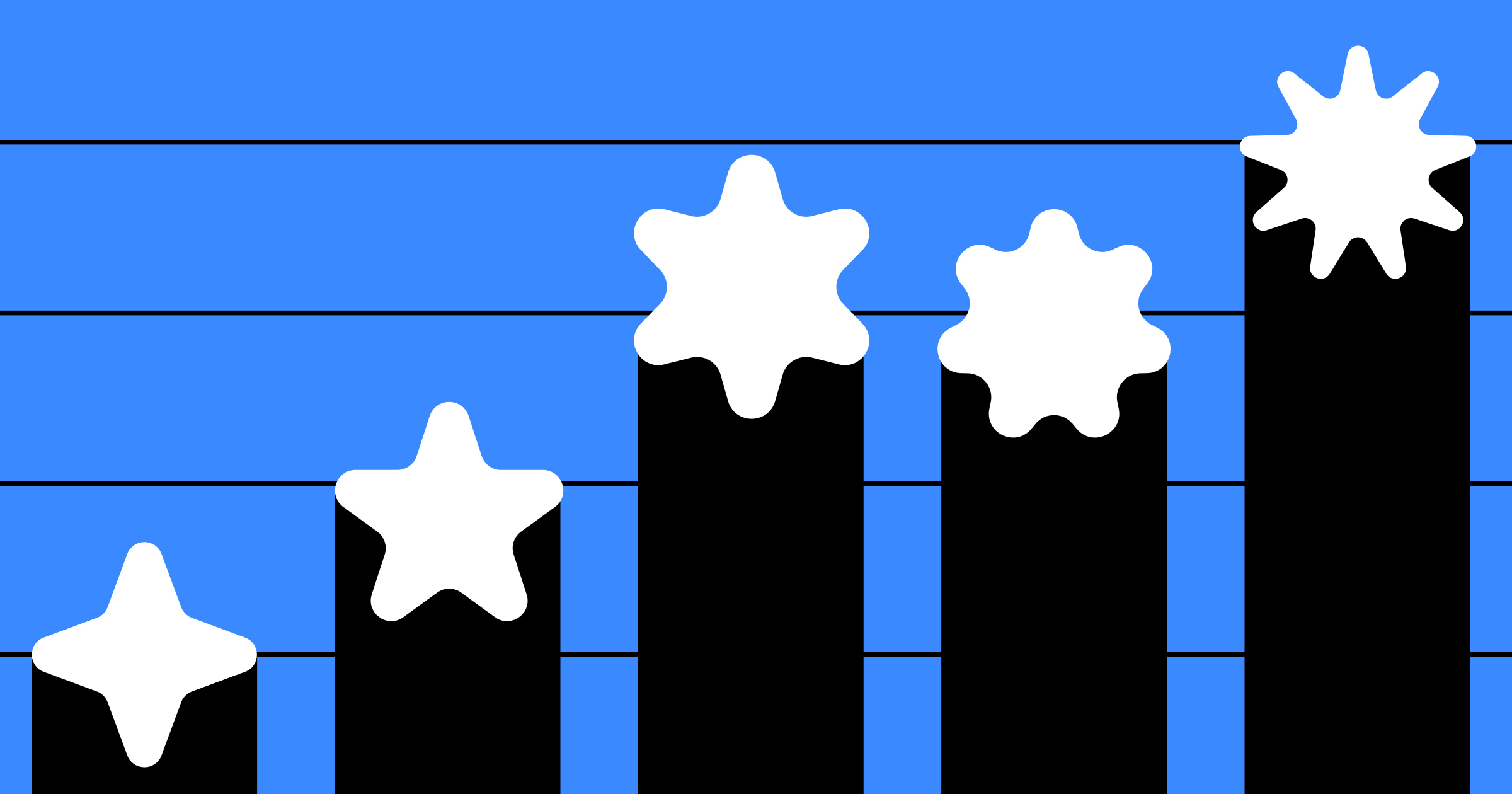I couldn’t be more excited to share that my wife, business partner, and SmartSuite co-founder, Tara Darbyshire, has been named to Michael Rasmussen’s GRC All-Star Dream Team—an honor that highlights the very best in the governance, risk, and compliance (GRC) space.
Michael, one of the most respected voices in GRC, recognizes top professionals who have shaped the industry, and Tara’s selection as Chief Revenue Officer of his Dream Team is a testament to her legacy and influence.
A Legacy in GRC: From Archer to SmartSuite
Tara’s journey in GRC started 25 years ago when we co-founded Archer Integrated Risk Management. At a time when risk and compliance were managed through spreadsheets and fragmented systems, we saw an opportunity to redefine how organizations approached risk, governance, and compliance.
Together, we built Archer into the leading GRC platform, which was later acquired by RSA Security and eventually became an independent company once again.
But her impact didn’t stop there. Tara has always had an unmatched ability to understand customer challenges, build lasting relationships, and drive growth in a way that fosters true partnerships. These qualities made her instrumental in Archer’s success—and now, she’s doing the same at SmartSuite.
As co-founder of SmartSuite, Tara is bringing innovation and modern technology to businesses looking to streamline processes, including GRC workflows. She’s helping companies rethink how they manage governance, risk, and compliance, making it more intuitive, collaborative, and accessible than ever before.
A Champion for Women in GRC
Tara has also been a pioneer for women in the GRC space—a field historically dominated by men. She has led by example, proving that strong leadership, industry expertise, and an ability to build deep client relationships are what truly define success.
Throughout her career, she has mentored and supported other women in the field, ensuring that the next generation of women leaders in GRC have the guidance, encouragement, and opportunities they need to thrive. Her selection as a GRC All-Star is more than just an individual honor—it’s a recognition of the growing influence of women in leadership roles within the GRC industry.
Congratulations, Tara—A Well-Deserved Honor!
Seeing Tara recognized for her contributions to GRC is incredibly special—not just as her husband and business partner, but as someone who has witnessed firsthand the dedication, passion, and impact she brings to every challenge she takes on.
Michael Rasmussen’s words say it best:
“Tara is a powerhouse in leadership, sales, and engagement. I have always been impressed with her ability to network and build long-lasting client relationships.”
Tara, I couldn’t be prouder of you. You’ve shaped the GRC space in ways that will have a lasting impact, and this recognition is so well deserved.
If you’d like to read Michael’s full post, check it out here.
Let’s celebrate Tara and all the incredible women in GRC who are shaping the future of this industry!
































































